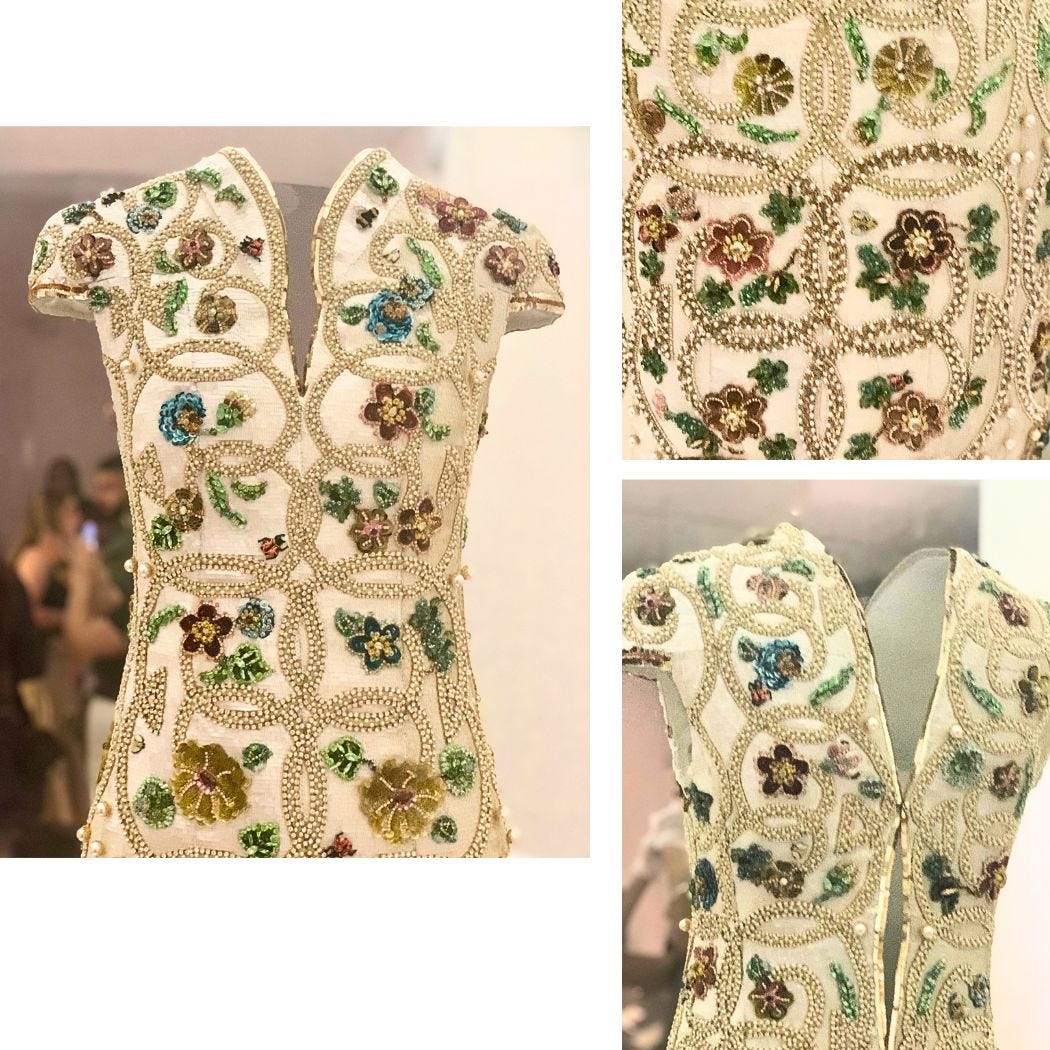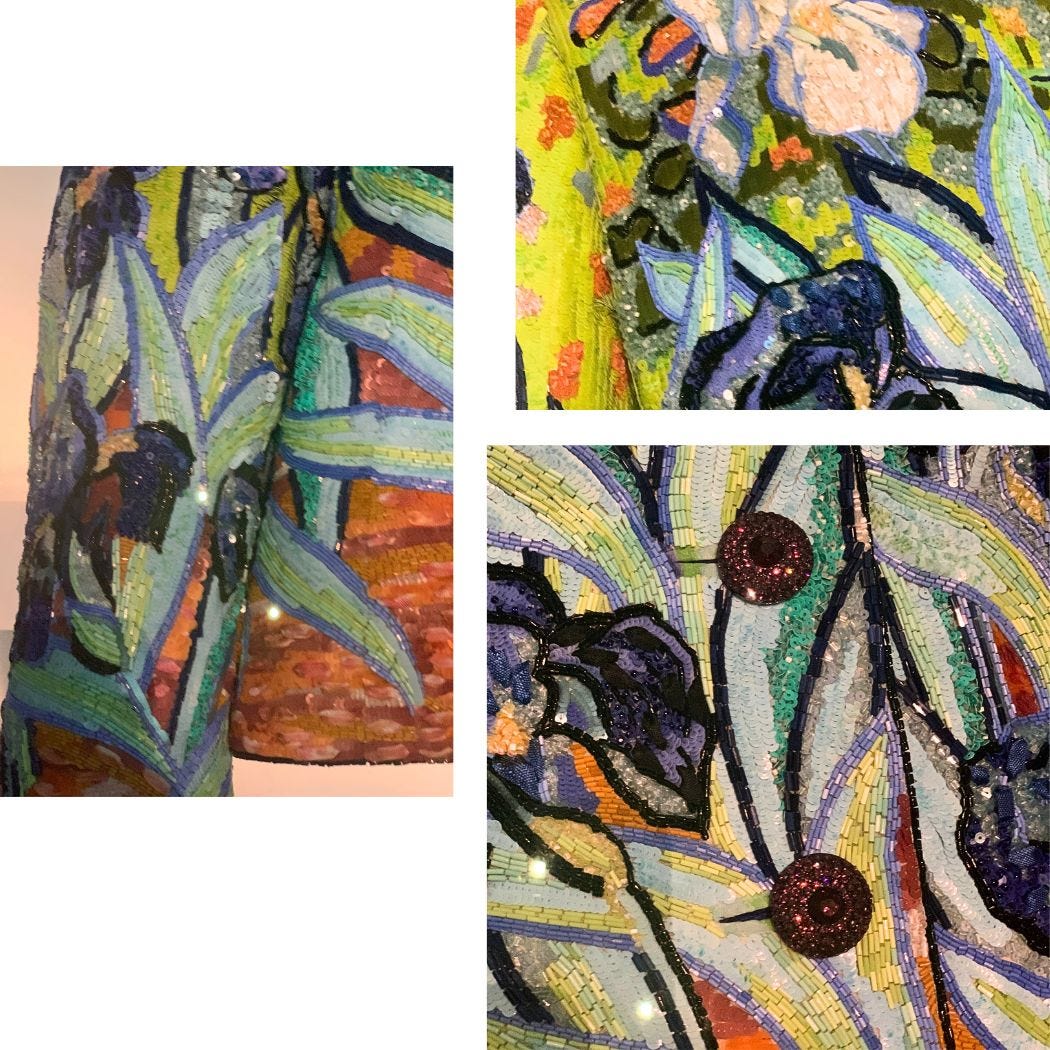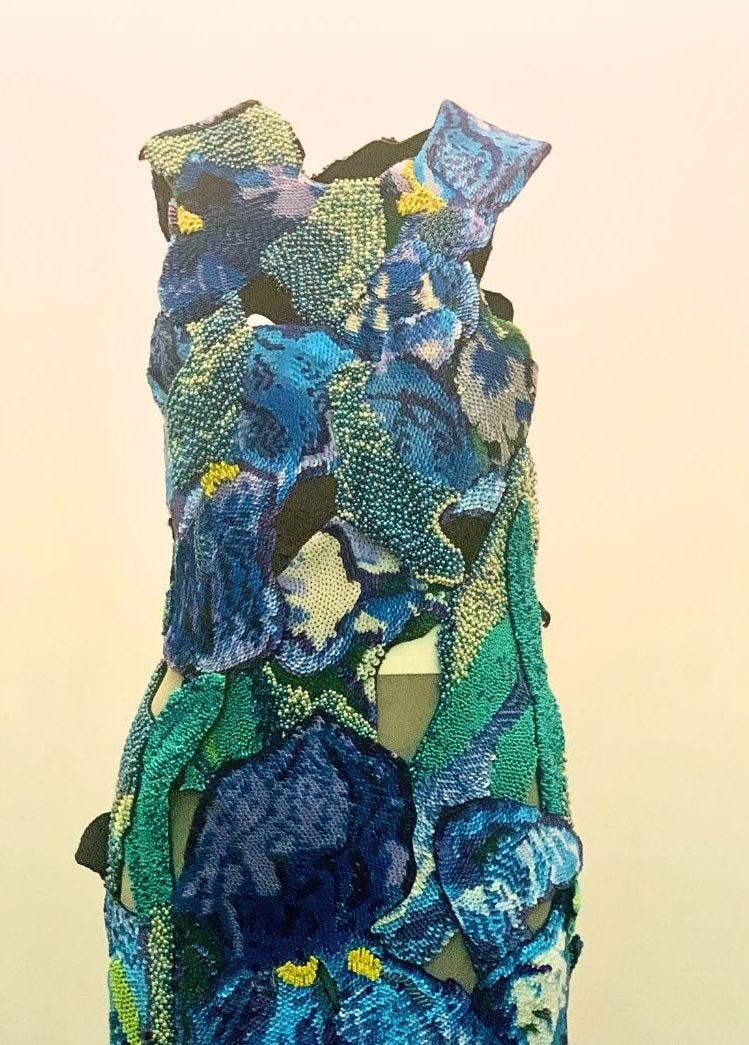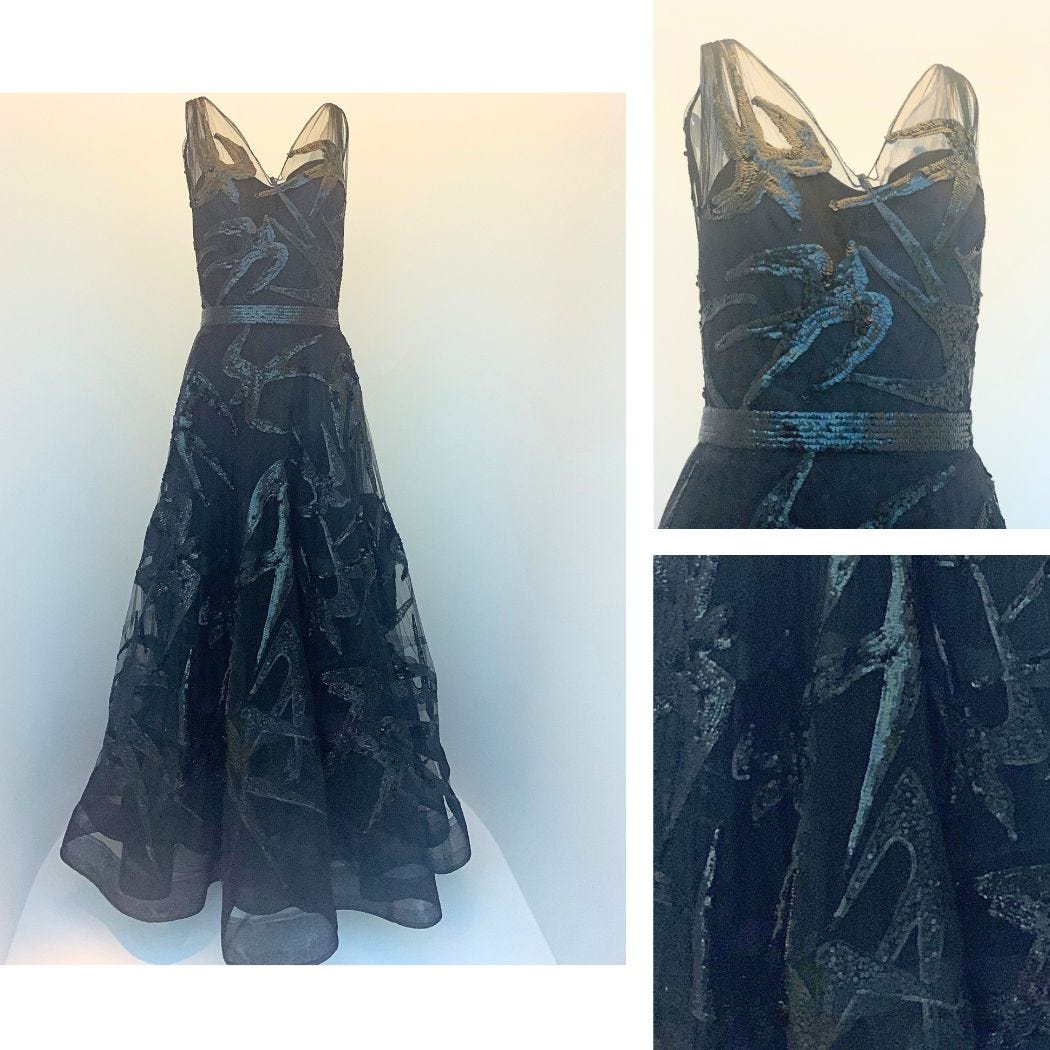Two weeks ago, I was styling in New York and made it a point to visit one of my favorite spots, The Met. At The Metropolitan Museum, the Costume Institute has a new exhibition: "Sleeping Beauties—Reawakening Fashion."
The exhibition's concept is fascinating and evocative, bringing pieces dormant in the museum's basement into the light for people like us to experience beyond mere sight. Andrew Bolton, the curator of the exhibit, eloquently states:
"When an item of clothing enters The Costume Institute's Collection, its status is irrevocably changed. What was once a vital part of a person's lived experience becomes a lifeless work of art that can no longer be worn, heard, touched, or smelled. 'Sleeping Beauties—Reawakening Fashion' endeavors to resuscitate garments from the collection by reactivating their sensory qualities and re-engaging our sensorial perceptions."
This exhibit intends to activate all four senses: vision, smell, sound, and touch. This is unique because, usually, in museums, the only sense you can use is your sight.
The galleries unfold as a series of case studies united by the theme of nature. Motifs such as flowers and foliage, birds and insects, and fish and shells are organized into three groupings: earth, air, and water.
Nature serves as the ultimate metaphor for fashion—its rebirth, renewal, and cyclicity, as well as its transience, ephemerality, and evanescence. Rather than detailing every room, I want to share my two most significant reminders from this extraordinary exhibit.
Nothing works in Isolation.
One event, aspect, factor, or thing influences another. The intersection of fashion and other art forms creates a rich tapestry of creativity that transcends the boundaries of any single discipline.
Fashion designers draw inspiration from other artists, including poets, painters, dancers, and musicians. Consider how Van Gogh's swirling, vibrant landscapes have inspired countless textile patterns and prints.
Ives Saint Laurent’s spring/summer 1988 Irises jacket is a simulacrum of Vincent Van Gogh’s 1889 painting. The jacket echoes the original ‘s cropped composition, zooming in even further on the curved and twisting lines of the irises. The embroidery amplifies the luminosity of Van Gogh’s colors and enhances the materiality of his thick, short, wavy brushstrokes.
According to Maison Lesage, who executed the embroidery, this artistic and technical tour de force involved 600 hours of handwork, 250 meters of ribbon, 200,000 beads, and 250,000 paillettes in 22 colors.
Nine female artisans worked in sections on this dress for the autumn/winter 2014-15 runway. Unlike the Saint Laurent jacket, it is sewn seamlessly to create a unified canvas. Maison Margiela’s dress reflects its founder’s deconstructivism by appearing as a collage or patchwork of “samples”—an exquisite corpse formed from the discarded matter of the couture atelier.
This dress was inspired by Vincent van Gogh’s paintings of sunflowers. Kate and Laura Mulleavy printed their design digitally, choosing a textural metal, cotton, and viscose material to evoke Van Gogh’s dimensional brushwork.
The Beauty of Nature.
Fashion designers, like writers, poets, painters, jewelers, musicians, and sculptors, often turn to nature as a source of inspiration. This exhibition beautifully showcases how nature is depicted in clothing, from the delicate embroidery of a floral motif to the bold, sculptural silhouettes reminiscent of birds and the ocean world.
These dresses highlight the profound connection between the natural world and the creative process, reminding us of fashion's ability to capture and reflect the beauty of our environment.
The Poppy Flower
The Met writes: “Like most flowers, the poppy has a dynamic and mutable meaning. Its association with mortality has been constant.
Ana de Pombo's dress (left side) evokes poppies in a wheat field, staining the dress like drops of blood that coagulate into appliques over the chest and around the feet. It was created just two years before the outbreak of WWII; this garment imagery is not only poignant but also prophetic.”
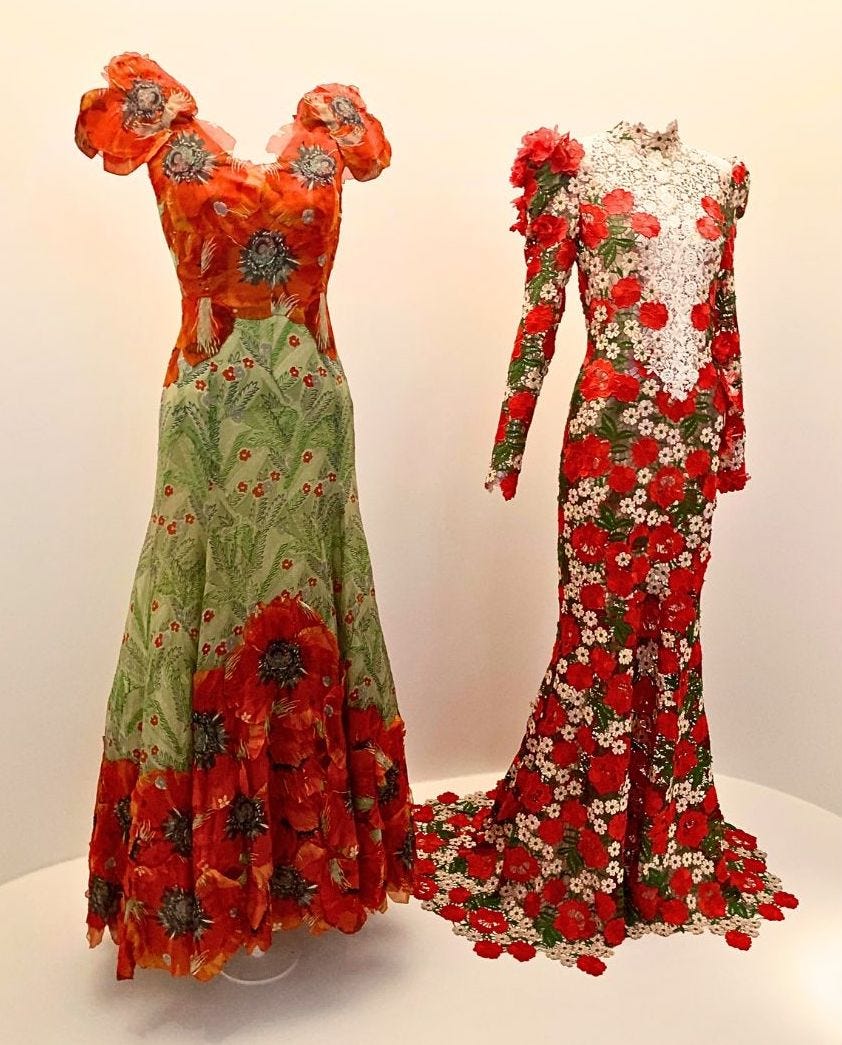
Rose
The Met writes “Rose is a rose is a rose is a rose.” In this tautological line from her 1913 poem “Sacred Emily,” Gertrude Stein materializes the red rose through repetition, giving it form, shape, and substance. Poets and painters have lauded few flowers more than the red rose, invoked as a symbol of love, beauty, romance, passion, and sexuality. The rose has been equally embraced by designers, as represented here by garments that are sartorial sonnets and sculptures in and of themselves.”
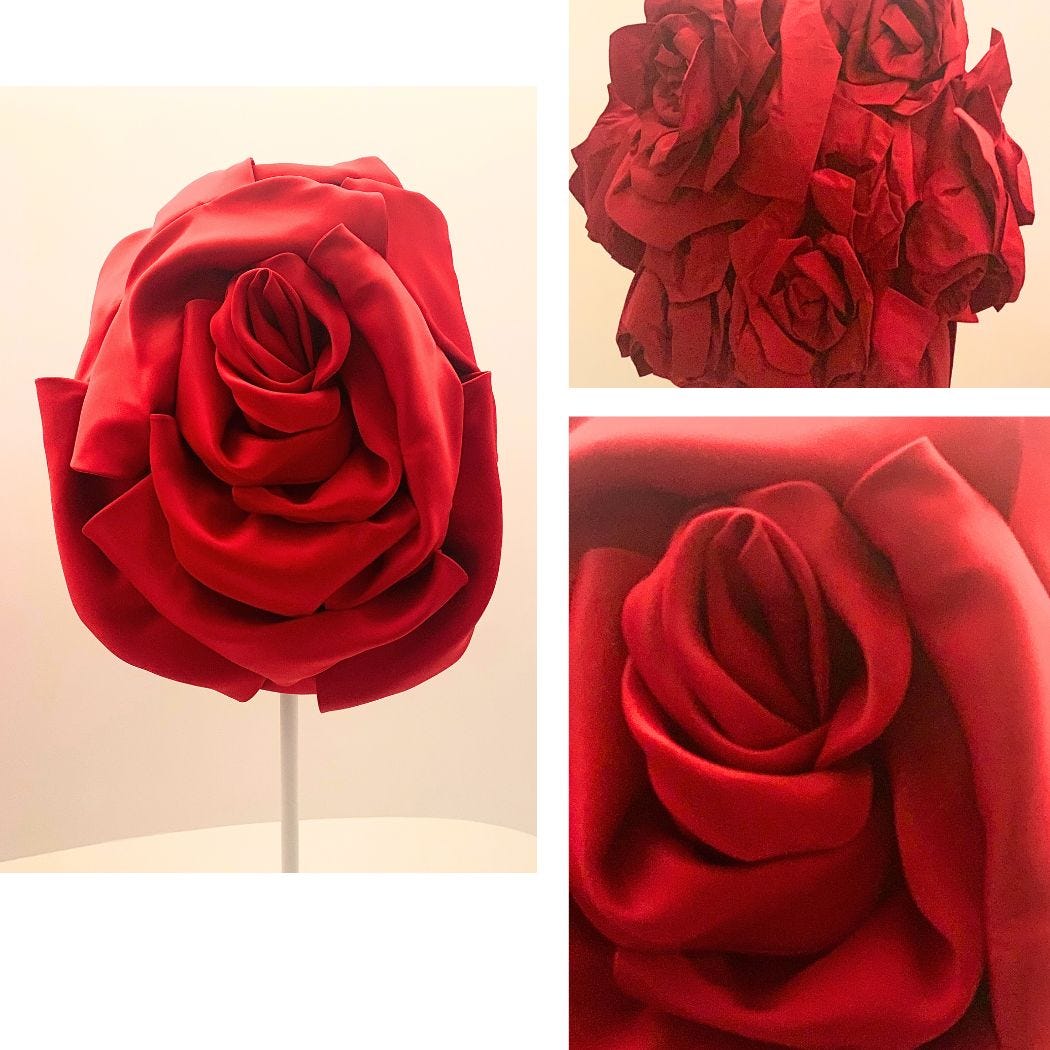
The Birds
This dress, designed by Madeline Vionnet, was part of the autumn/winter 1938-39 collection. It launched just one year before the outbreak of WWII. It alludes to the good luck or positive change of the swallow bird.
The Met writes: “Against this backdrop, the menacing sensibility of the swallows is supplanted by an intense melancholia and sense of deadliness.” It is hand embroidered with matte and shiny sequins on a black silk tulle overdress.
The Mermaid
The Met writes: “The mermaid was a subject of fascination for Romantic artists, who often portrayed her as an enchantress whose beguilding powers and emotional depth saw her straddling fantasy and reality.”
Both of these dresses explore the mermaid allure. Michael Kors's dress exemplifies the simplicity of the silhouette, timeless elegance, and intricacy of the surface decoration. Joseph Altazurra’s dress, embroidered with metal paillettes, embodies the movement and resound of ocean waves.
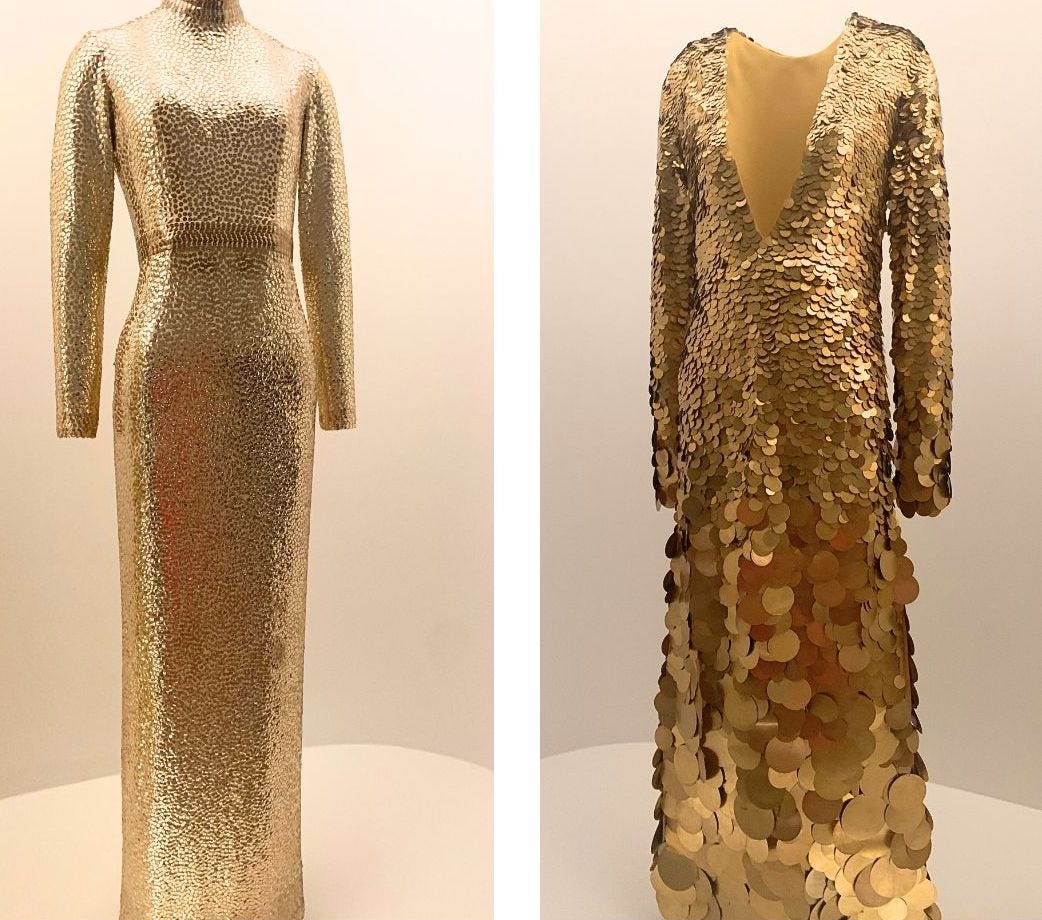
In "Sleeping Beauties—Reawakening Fashion," the Metropolitan Museum revives historical garments, reaffirms the interconnection of disciplines, and showcases how nature continues to be a limitless source of inspiration. This exhibition is an absolute must-see if you find yourself in New York. This captivating show runs until September 2, 2024.






